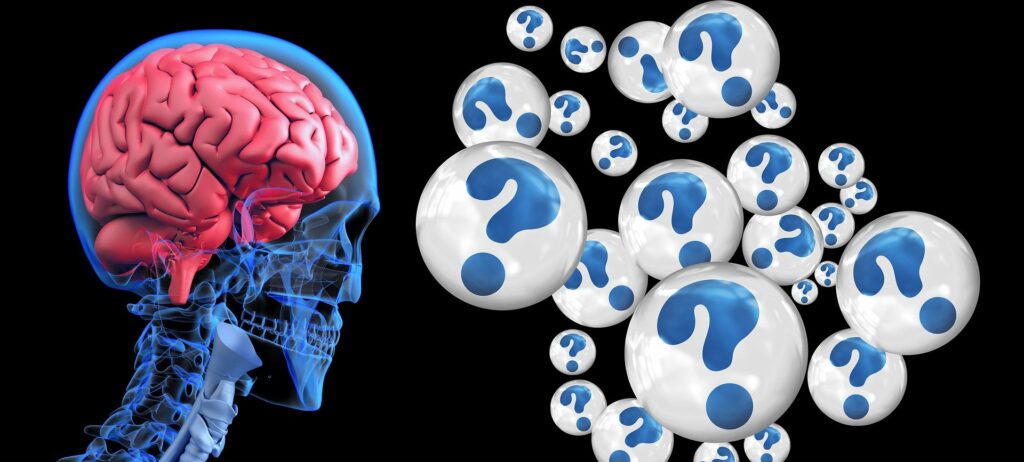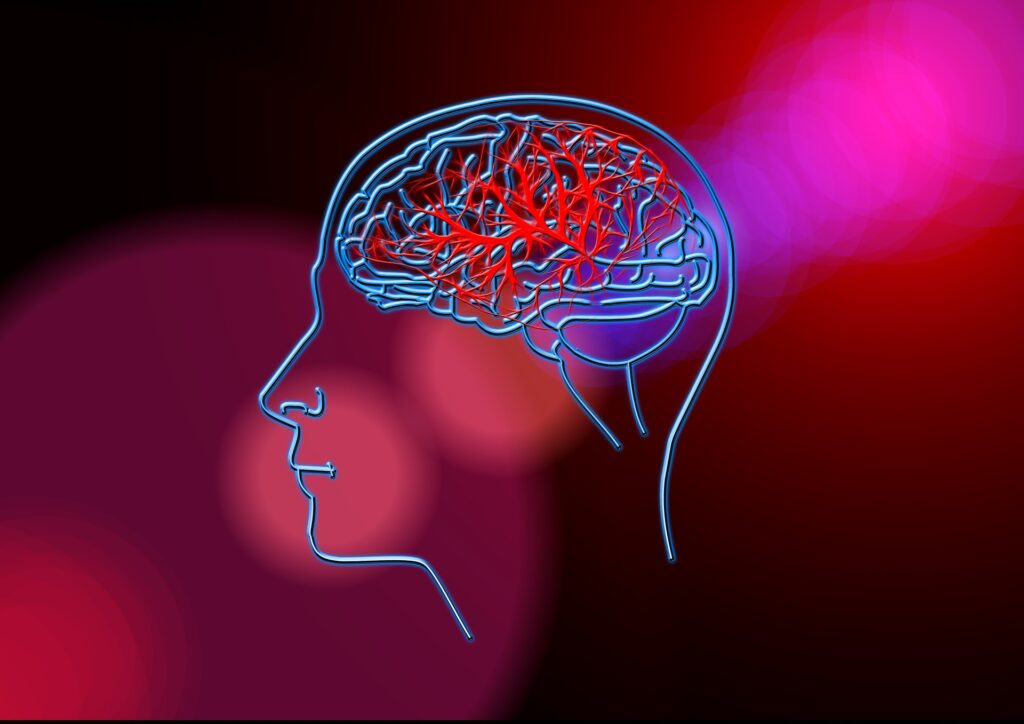Mental Health in Youths

Having good mental health is not just something adults have to work on, it is also something teens and youths can struggle with. It is also not just the absence of a mental illness, it is also about having the tools to deal with setbacks and challenges life might throw at you. Having good mental health is just as important as being physically healthy. Just as people exercise, eat well, and lead a healthier lifestyle to achieving good physical well-being, so too are the things you can learn to help with mental well-being.
The added difficulty with youths is that this is a time when they are already moody, experimenting with behavior, developing sexual preferences, changing their appearance, and being influenced by societal expectations and peers. Often experiments at this age are harmless, but sometimes they are not. When you add to that, stress, family problems, learning problems, anxiety, depression, bullying and so on then it is clear there are some big things going on they need help with. Teens turn to self-harm, develop dangerous behavior, and may even display warning signs of suicide.
Rising rates of mental health problems among teens
Not noticing when a youth’s mental health is at risk leads to an increased likelihood of unsafe behavior, self-harming, isolation, academic failure, poor health, drug and alcohol dependency, unsafe sexual habits, unemployment, and more. As the crisis gets worse, not better every year, the rising rates of mental health problems mean we are seeing a staggering number of suicides and suicide attempts. More and more youths face mental illnesses such as anxiety and depression and other more serious psychological problems. The issue then is even if teachers, parents, and the community is able to see it what then can be done to help?
Improving access to mental health support
When you are able to recognize the warning signs of suicide you can take action. This is not just the role of the parents, it is something teachers, counselors, club organizers, employers, and the whole community can help with. Being good role models, offering advice not judging, listening, helping them with self-esteem issues, and making sure there are programs in place and resources available. Suicide prevention programs, social skills training, violence prevention, conflict resolution, anti-bullying, and so on. Education in schools, helps parents to prevent the abuse of drugs and alcohol, to promote mental health, and to pay attention to the pressures teens have placed on them. With better attention paid to their mental well-being youths can improve their lives, and see a positive impact on how they feel, and on their personal and academic achievements.
SPTS USA
If you are looking for support, advice, or information, whether for parents, educators, youths, or the community you might want to head to SPTS USA. it is a great resource there to help educators understand what their role is in youth suicide prevention and improved mental health. The quicker we can observe warning signs, and refer students to the right resources the more chance we have of having a positive impact.
https://uniteddisab.wpengine.com/attention-deficit-hyperactivity-disorder-adhd/?swcfpc=1



